Visit Report of AWEA Windpower 2019
May 29, 2019, Qingdao
Led by CWEEA (Chinese Wind Energy Equipment Association), the Chinese wind power delegation visited the United States from May 20 to May 29, 2019. The delegation participated in WINDPOWER 2019 held in Houston of Texas, known as "Energy Capital of the World", and visited some of the wind power related companies, including NRG Systems and UL, etc.
The WINDPOWER is the largest and most influential wind power conference in the west, is hosted by the American Wind Energy Association (AWEA) and was initiated in 2004. The annual event is regularly held in major cities, attracting many worldwide prestigious companies such as ABB, Gamesa, GE, Mitsubishi, Nordex, Vestas, Repower, Siemens and Suzlon etc. to demonstrate their latest wind power equipment and cutting-edge technologies. The WINDPOWER 2019 was held at the George R. Brown Convention Center in Houston from May 20 to 23 featuring the largest exhibit hall over past five years, and more than 25,000 professionals from 52 countries.
The exhibition includes wind turbines, various small wind turbines, wind/solar complementary power generators, wind testing, monitoring systems, wind blades, composite materials, gearboxes, bearings, lubricating oils, transformers, converters, inverters, hydraulic systems, safety equipment, cables, installation and transportation equipment, fasteners, test equipment, offshore wind turbine foundation and platform, towers, all sorts of water pumps, Wind power associations and funds, banks, insurance and financial systems, power investors, certification, consulting institutions, financing companies, grid connection and transmission, grid operators, installation services, wind farm owners, publishing, research and training, maintenance services and consulting, etc. It provides a productive business platform for the global wind power industry.
The WINDPOWER’s coming back to Houston after a decade highlights the great evolution of wind power from a promising new technology into a mainstay of American energy production in the 21st century. Today, the State of Texas by itself has as much wind power generating capacity as the entire United States did in 2008, when WINDPOWER was last held in Houston. The famous "Lone Star State" (nick name for Texas) is now home to roughly a quarter of all U.S. wind power capacity and 25,000 wind jobs. Tom Kiernan, CEO of AWEA, said at the opening ceremony, "We’re here in Houston, Energy Capital of the World, to showcase what makes wind power America’s most competitive source of new electricity generation and to set the table for business deals that will keep U.S. energy workers busy for years to come. Wind power is leading the transformation to a cleaner, stronger U.S. economy, but no energy technology can go it alone. Our WIND+ theme this year embraces the trend toward multi-technology companies and projects in the utility-scale power sector that pair wind with solar, storage and other clean technologies.”
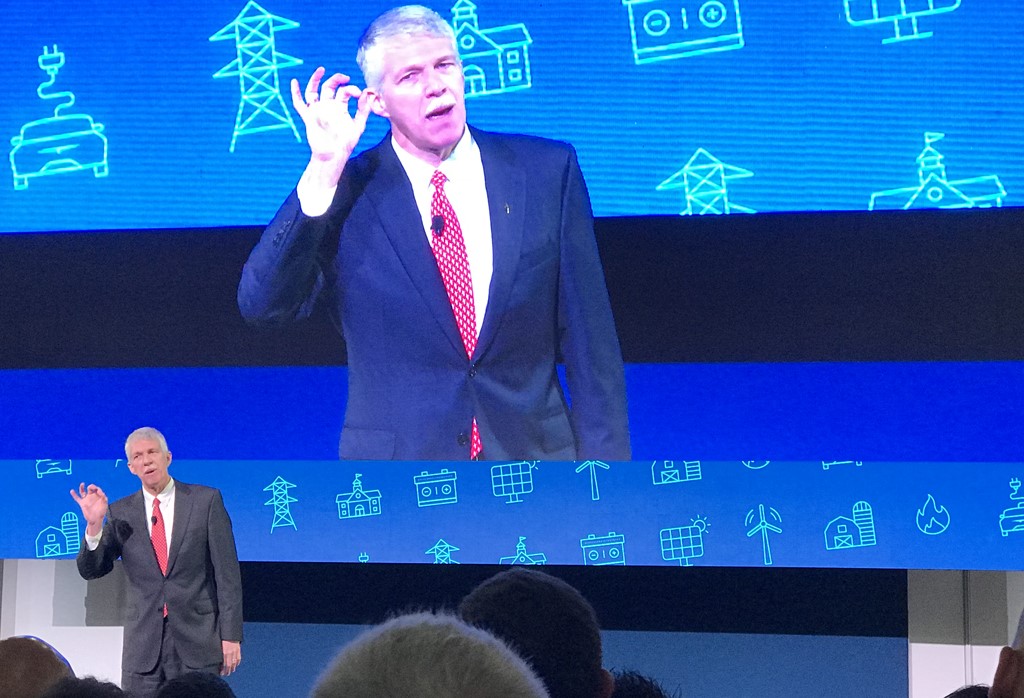
Figure 1: Speech by Tom Kiernan, CEO of the American Wind Energy Association
Over the past five years, wind and solar have consistently won big shares of new U.S. power capacity additions. The rapidly falling cost of energy storage, combined with transmission line expansion, will make the whole electricity grid work better and unlock new opportunities to deliver low-cost wind and solar to consumers. The "WIND+" theme is indeed proposed at a right time in a right place, exactly highlighting the trend of multi-technology.
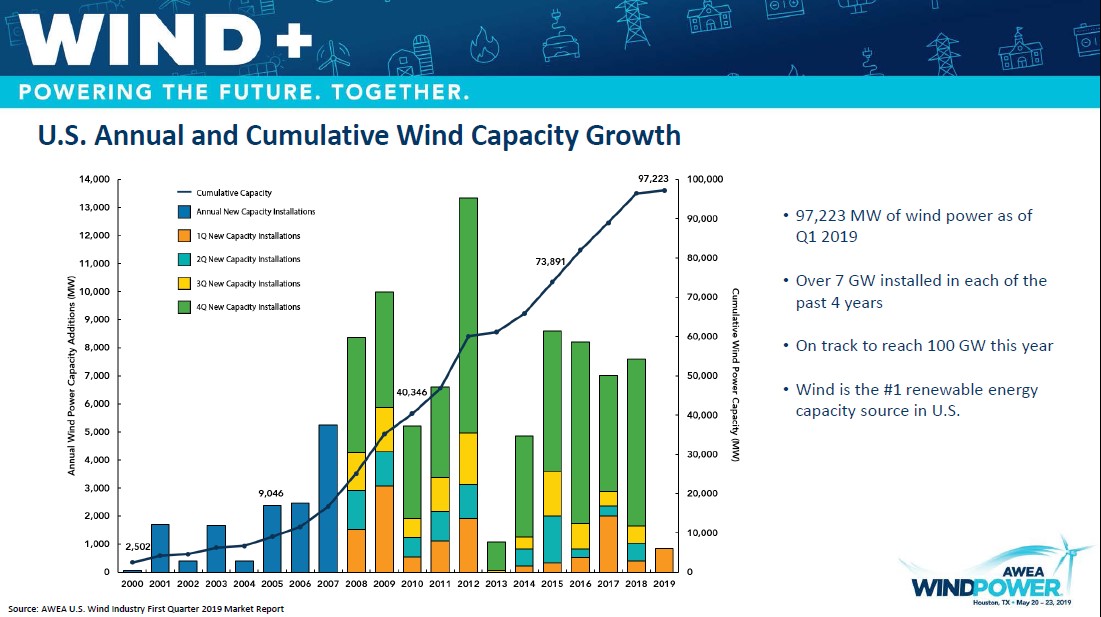
Figure2: Annual and cumulative wind power increasing in U.S.
The American wind power emerged from 2018 stronger than ever, now with the ability to power 30 million homes, provide 114,000 jobs for more than 500 domestic factories, and generate more than $1 billion in revenue after 8% capacity growth last year. By the end of the Q1 2019, American wind power installed capacity already exceeded 97GW, and is expected to go beyond 100GW in 2019. Over the past four years, the annual addition of wind power installation capacity is all exceeding 7GW. Wind power has already become the largest source of American renewable energy production. At the symposium during the opening ceremony, Rob Caldwell, newly elected Chairman of the Board of Directors of AWEA (President of Duke Energy Renewables) said, "American consumers, from families to Fortune 500, are calling for more renewable energy because it is good for the environment and their bottom lines. In my time as Board Chair, AWEA will strengthen multi-technology partnerships to advocate for market and policy reforms needed to meet consumer demand. The work we are doing today will position the wind industry and U.S. economy for many years of continued success.”
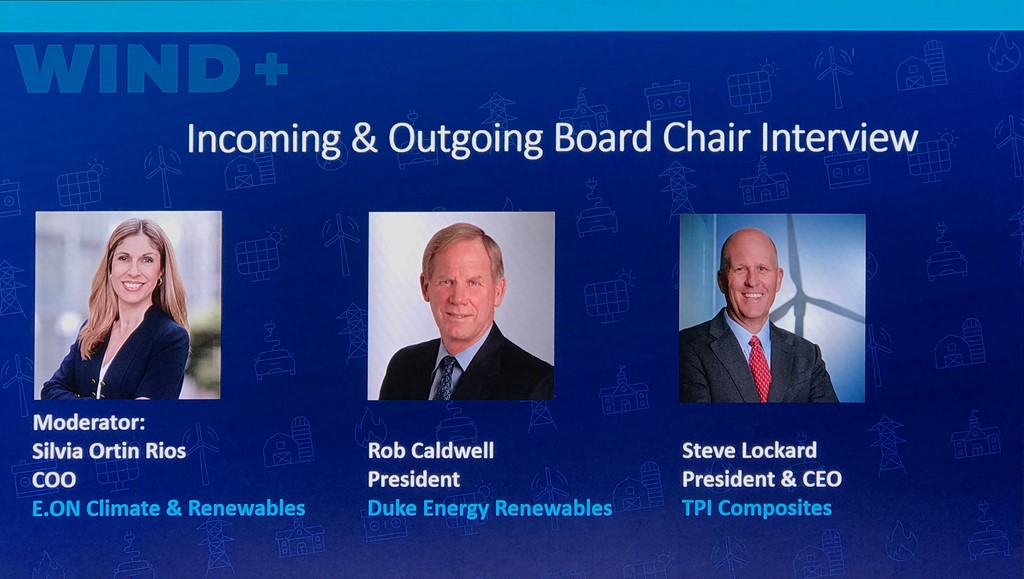
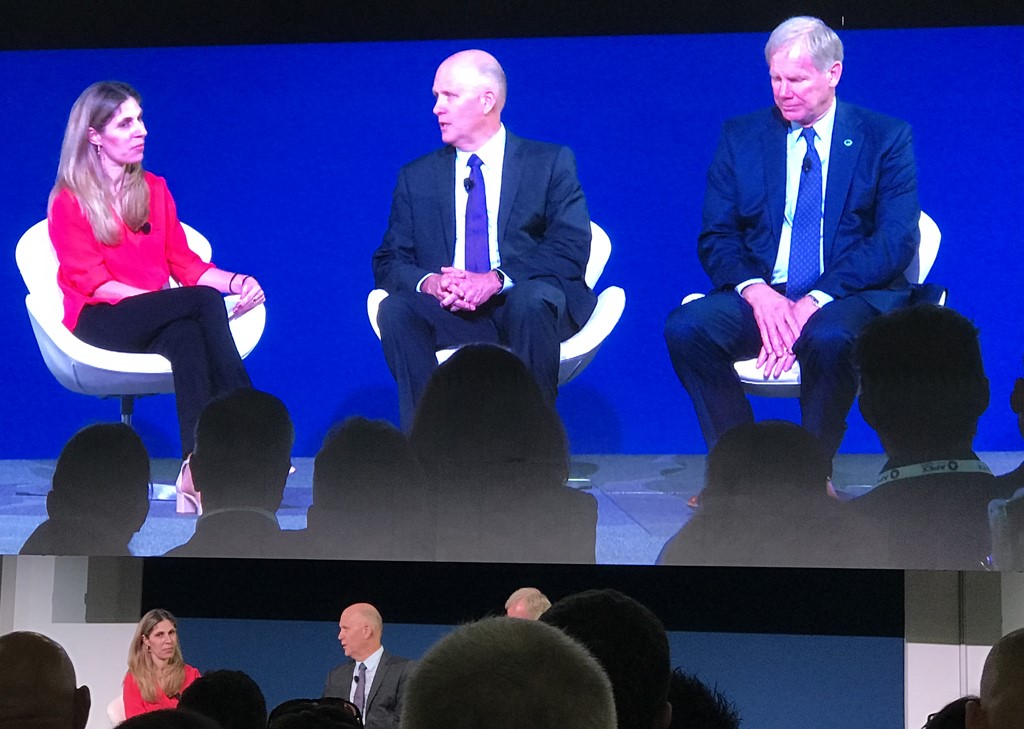
Figure 3: Symposium on the new /outgoing Chairman of the Board of Directors of AWEA
Due to the ongoing trade war between America and China and the tightening control of U.S. visa application, there were fewer Chinese exhibitors in this show. However, the participation of Chinese wind power delegation brought to the show and American counterparts the powerful pulsing of Chinese wind power industry; and we did feel their highly welcoming expectations for Chinese wind power industry from the conversations and discussions we had during the show.
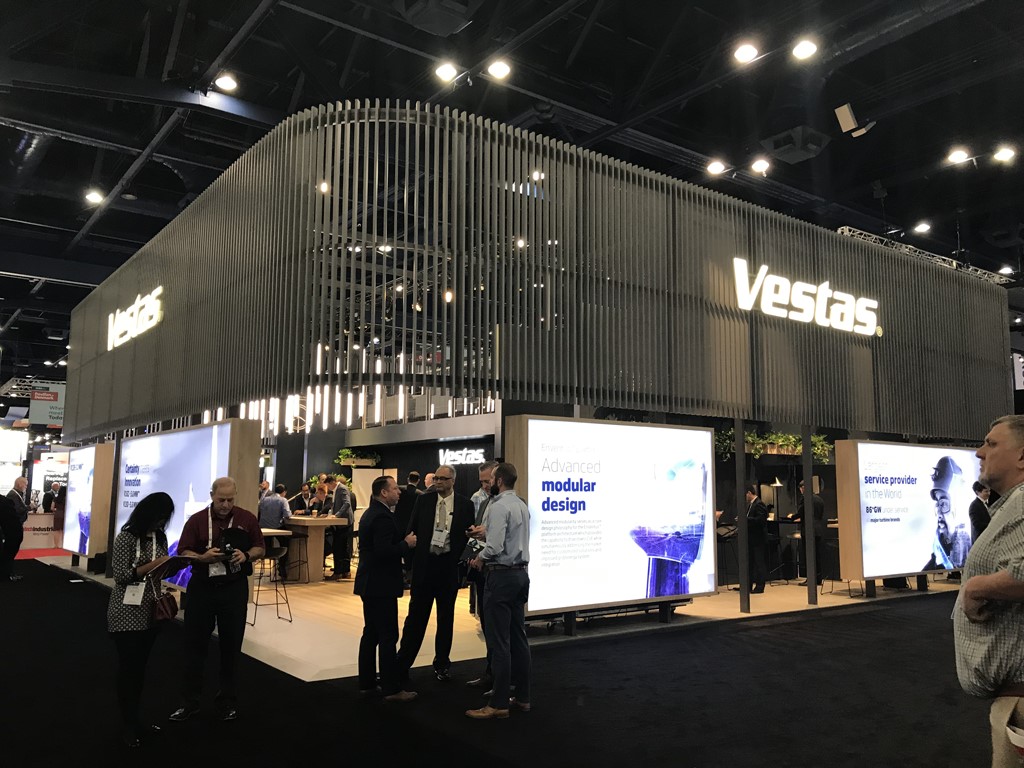
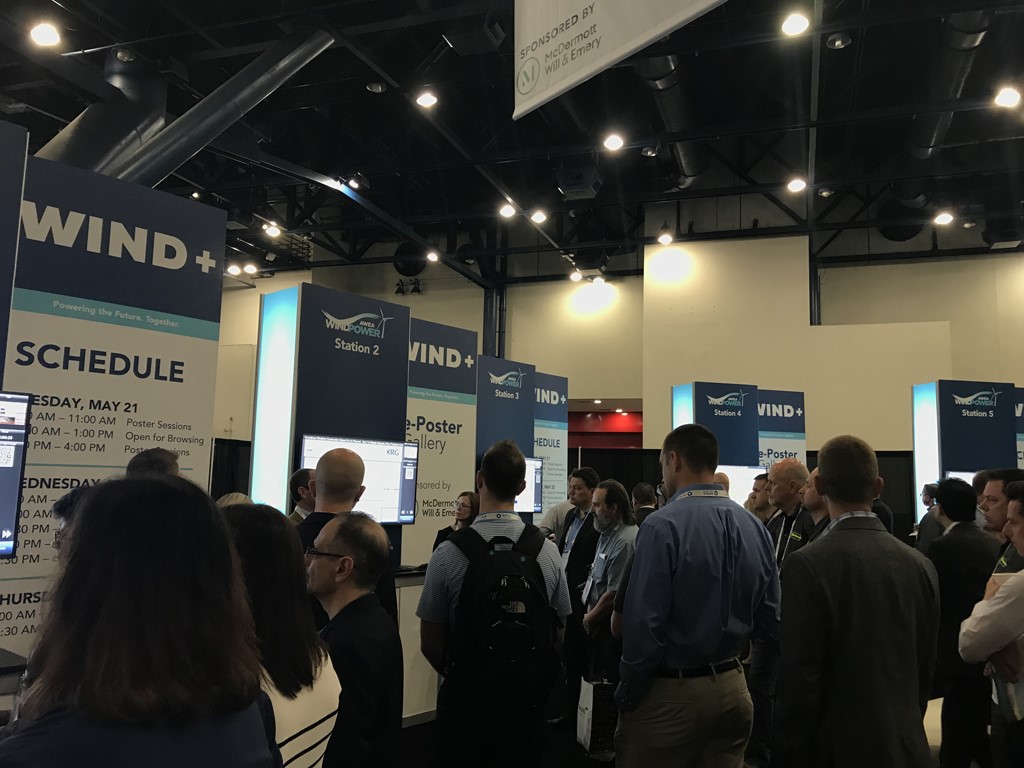
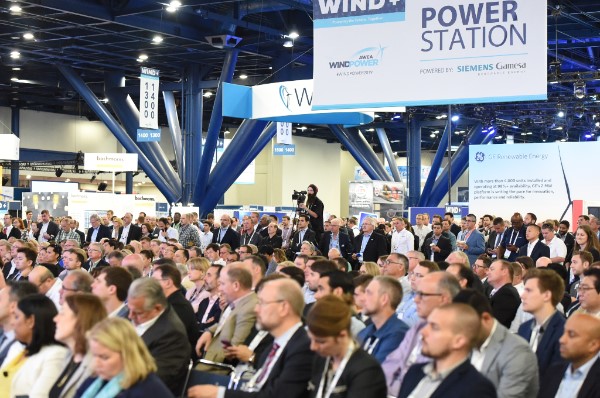
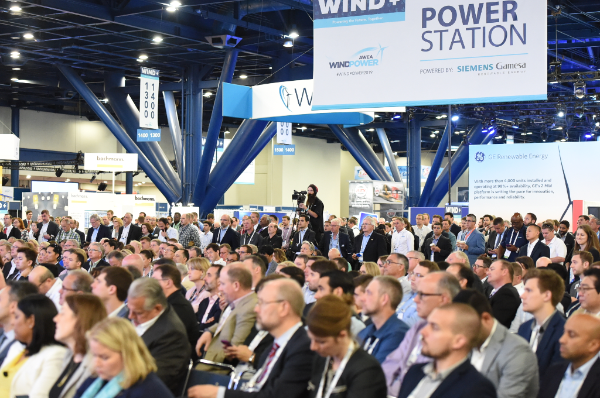
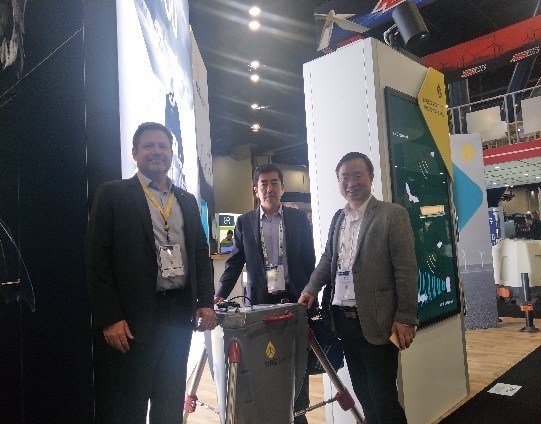
Figure 4: On-site tidbits of the show
The last few years have brought unprecedented wind growth and development to the United States. Project cost have continued to fall and stay low. In fact, after topping out at 7 ₵/kWh for power purchase agreements (PPAs) in 2009, the national average price of wind PPAs has dropped to around 2 ₵/kWh, reports the U.S. DOE (Department of Energy). However, even as the production tax credits phase-out (the PTC is scheduled to decrease annually until 2019 when the credit received reaches 40% giving those projects until 2023 to complete) the sector continues to advance and evolve in new ways.
1. Expect more powerful turbines. The average utility-scale wind turbine installed in 2017 was rated at 2.32 MW, according to AWEA. However, new orders for wind include land-based turbines above 4 MW for the first time in the country. Manufacturers are also pushing the capacity of offshore turbines. For example in 2018, MHI Vestas launched its first-ever 10-MW wind turbine and GE introduced the 12-MW Haliade-X.
2. The future is floating. Researchers are evaluating floating wind structures, which allow siting offshore turbines in deeper water where fixed-foundations are unfeasible -and where roughly 60% of offshore wind resources are found in the U.S. America’s first floating offshore wind farm is expected in Northern California.
3. Turbines are getting smarter. Digitally connected sensors and AI-driven software means turbines can anticipate and react to changing conditions, predict component longevity, and communicate with remote data centers or the grid. Artificial intelligence will increasingly automate O&M operations over the next several years, boosting productivity and saving costs, suggest a “Making Renewable Smarter” report from DNV GL.
4. Corporations are buying clean power. According to a market outlook report from Bloomberg NEF’s, corporations purchased more than 7 GW of renewables in 2018 (60% of which was in the U.S.), surpassing the previous year’s record of 5.4 GW. Currently, Facebook leads the market and has committed to 100% clean energy by 2020, recently signing for more than 3 GW of new wind and solar energy.
5. Wind supports farmers. Wind energy is a drought-resistant cash crop that farmers may rely on. Wind provides an advantage for farmers and ranchers who volunteer small portions of their land for turbine placement in exchange for lease payments that total some $267 million a year, says AWEA.
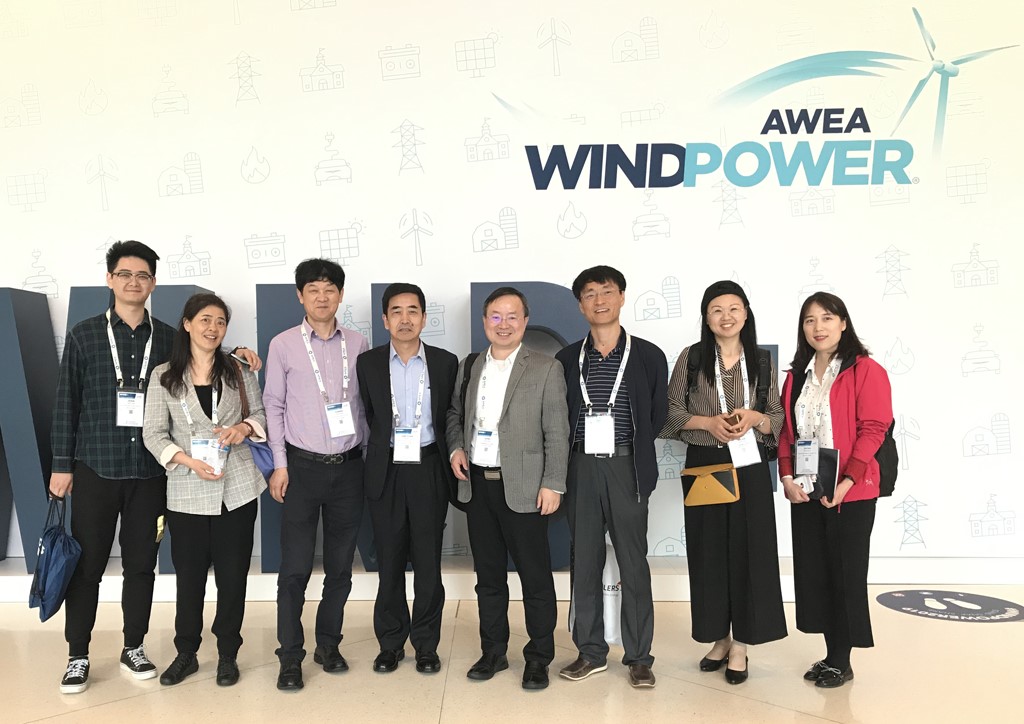
Figure 5: Some members of the delegation took photos at the show.
After the show, the delegation flew to Burlington, Vermont, which is in the northeast part of the United States, to visit NRG Systems, a well-known wind measuring equipment company.
Located in the historical New England area of the United States, Vermont is known as the “Green Mountain State”. With a population of just over 600,000, Vermont produces more than one-third of the nations maple syrup and is known for its colorfully layered fall scenery. During the American War of Independence, a sea battle on Lake Champlain besides Burlington area successfully stopped the mighty British Imperial Navy Fleet from invading south, and in fact saved the newborn America.
NRG headquarter sits in the forest of the Green Mountain featuring natural beauties and colorful heritages. NRG engineers guided us through the building meanwhile proudly told us that the entire building uses >100% clean energy. Solar, wind and wood burning work complementarily with the pool in front of the HQ building as a natural heat exchange reservoir, to provide electricity for routine office and manufacturing, maintain a comfortably steady temperature for the whole building, and support the external grid if there is surplus. And, the wood used for the combustion oven comes from forests within a dozen kilometers of the HQ building. As an excellent company in the field of clean energy, NRGs perception of environment protection and harmonious getting along with nature can be seen.
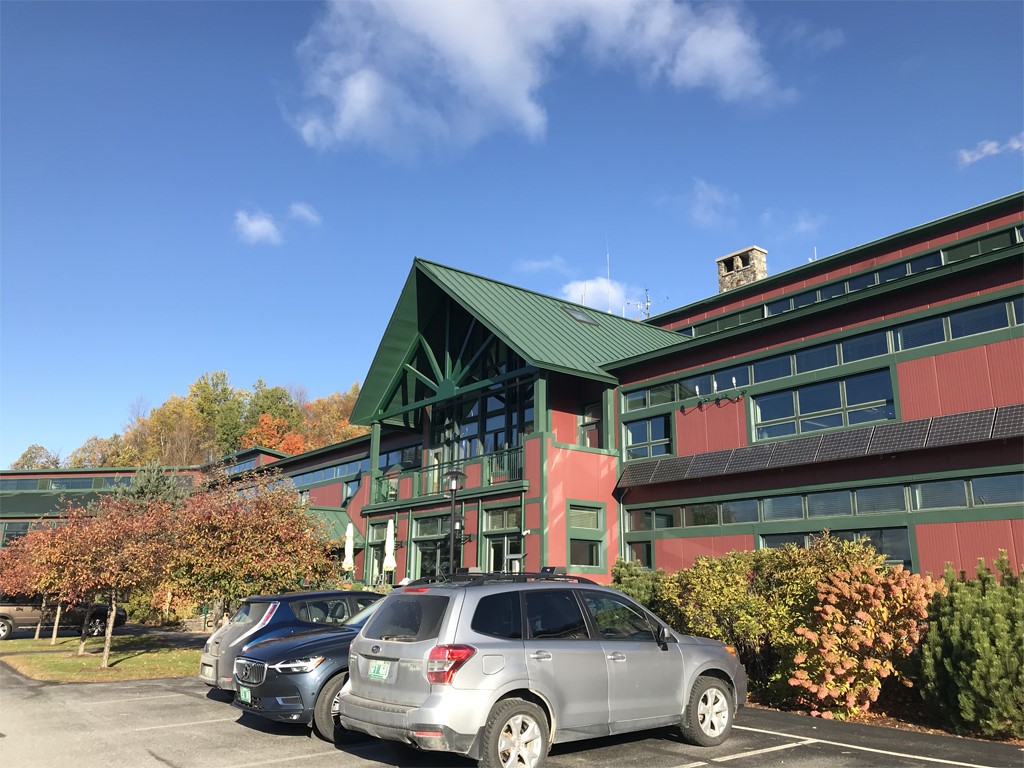
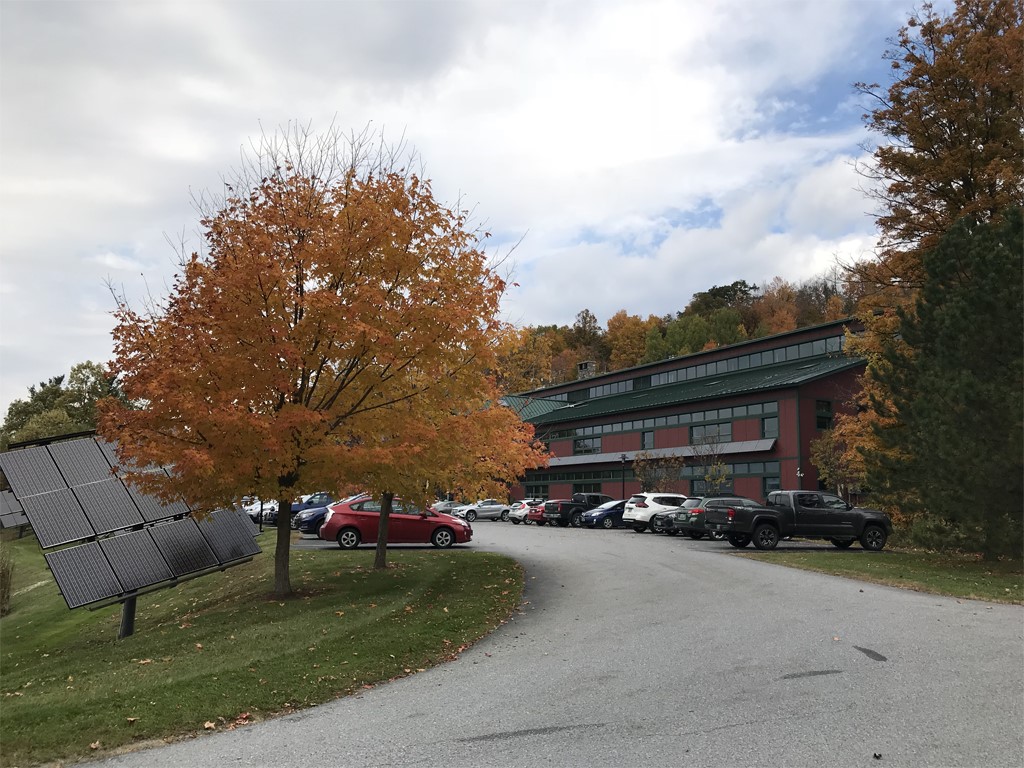
Figure 6: Exterior of NRGs headquarters in the United States
NRG has been pioneering in wind measuring equipment for more than 30 years, and has provided nearly 75% of the wind measuring equipment for global wind farms with a team of more than 100 staffs. Recently, NRG has acquired the Spidar technology from Primanex’ s Israeli partner Pentalum, and continued to cooperate with Primanex, a member of the delegation, to serve Chinas wind power and meteorological markets.
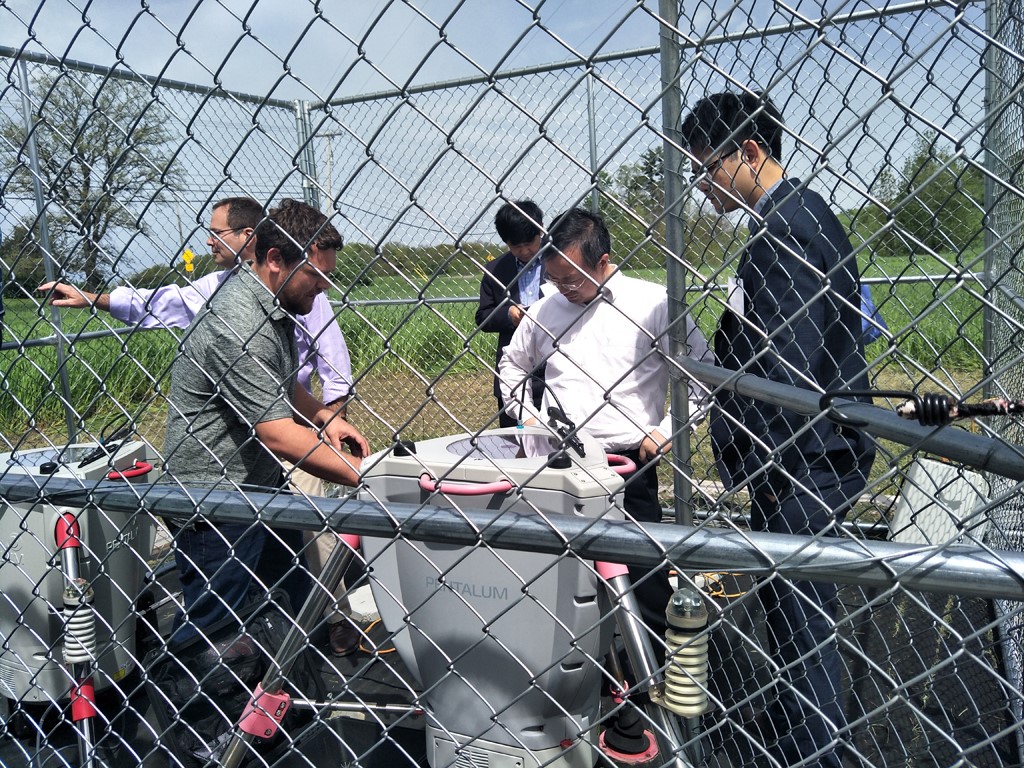
Figure 7: Visit the test site of wing measuring Spidars
After the visit of NRG, the delegation flew from Burlington to New York. A small episode happened on the plane provides an interesting narration for the ongoing trade war between China and America. An Indian-American engineer around his thirties chatted with members of the delegation. To everyone’s surprise, he asked, "Are you here to buy the company or to steal technology?" We asked the engineer which company he worked for, he replied with Cisco. Dr. Zhao from Primanex in the delegation told the young engineer that he himself had also studied for his Ph.D. and worked in the United States for many years before returning to China, and there are actually many people in China with similar experiences and background just like Dr. Zhao. This young engineer nodded silently without a further word. Put inside the conflict between the great countries, who can say that people can be left alone? With professional division and cooperation along a globalized supply chain already being a trend for years, it is of course no surprise there is undercurrent of retrogression and conservatism. Knowing this one after all has tons of reasons to believe history will eventually move forward instead of retreat backwards.
The delegation then visited UL in Albany, New York. As a globally renowned third-party certification service company, UL has a multi-faceted partnership with the Chinese wind power industry. The delegation had in-depth discussions with UL officials on wind measuring by lidars, small windmill certification, and other technologies.
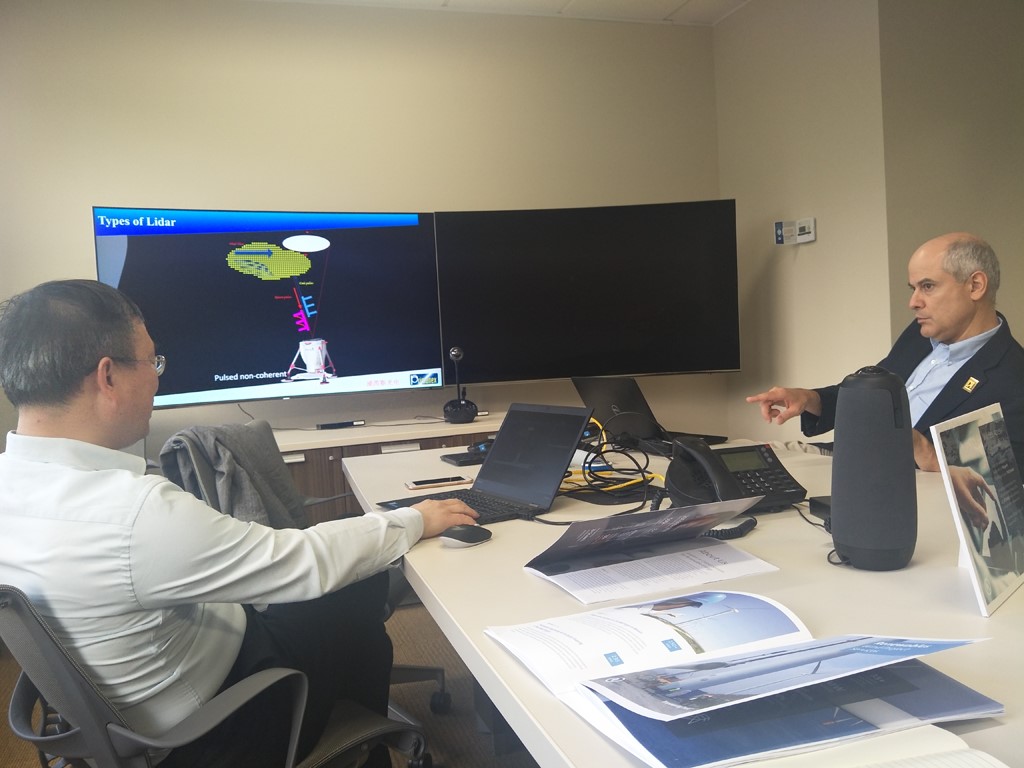
Figure 8: The delegation members communicates with UL staffs
The delegation concluded the visit on May 29 and returned to China with comprehensive observation on the U.S. wind power industry. Confronted by the phase-out of subsidies too just like Chinese, American counterparts have put forward the "Wind+" strategy to actively explore the coordination of multi-technologies to ensure sustainable development of clean energy from the long run. Stones from other hills may serve to polish the jade of this one, best wishes for the worldwide renewable energy industry.